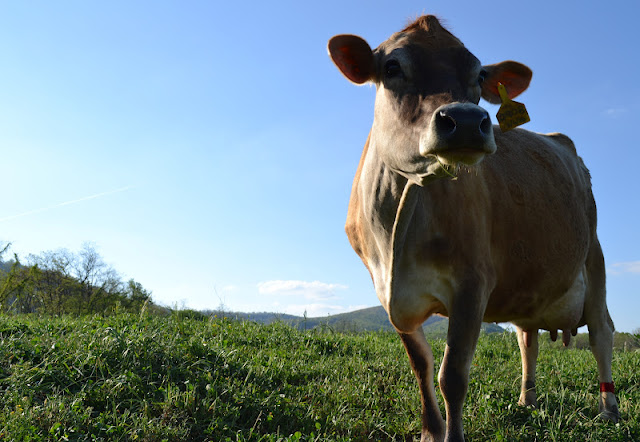Hello everyone! Sorry for the long wait... grad school things. You know how that goes.
But I finally did something that I've been threatening to do for years... I started my own little worm compost bin for the apartment!
Vermicompost, or composting with worms, actually lends itself really well to indoor spaces like apartments or houses, and it seemed the logical way to go since my third floor apartment doesn't come equipped with a backyard compost bin. It doesn't get smelly - if properly maintained, that is - and a pound of worms can eat up to a pound of food per day! Which is fantastic, since over a third of American household waste is from food, and I like to think I am doing my part by letting the little worms turn all my food waste into nutrient rich worm castings for my container herb garden.
There are tons - and I mean tons - of online resources for worm bin making, and some of them can get quite complicated. I decided to keep it simple.
Item One: Plastic Bin, with a lid.
I poked holes around the top to keep it ventilated. A lot of folks say to poke holes in the bottom and put another lid or bin underneath to catch any drips, but a woman I spoke to said the problem is usually letting it dry out too much, not getting it too wet.
Item Two: Newspaper.
These, you tear into strips for the worms' bedding. No glossy pages with colored inks, if you please - the full color ink is toxic. You dip the strips into a bowl of water and squeeze them out, then fluff them up in the tub until you get half-way to three quarters up the sides. Toss in a couple handfuls of sand or dirt so the worms can have some grit for their digestive systems.
Item Three: Food.
I went with some spaghetti squash rind, all cut up and shredded. When you put in food, you want to cover it up in the bedding - this helps prevent smell and fruit fly infestations.
Apparently there's a little controversy over whether or not you should feed the worms immediately - I've seen some websites say you should give them a couple days to adjust to their new environment. Other sources I've seen or talked to have said that if you do that, the worms might escape out of their bin. I really didn't want that to happen... so food it was.
Item Four: Worms!
You can purchase these online by the pound, but I managed to get some from a lady who was getting rid of her worm bin and was giving them away.
For the final touch, you put on the lid (they don't like the light), stick the bin somewhere that has a regulated temperature that does not get too hot or cold, and wait for the little guys to work their magic.






















































